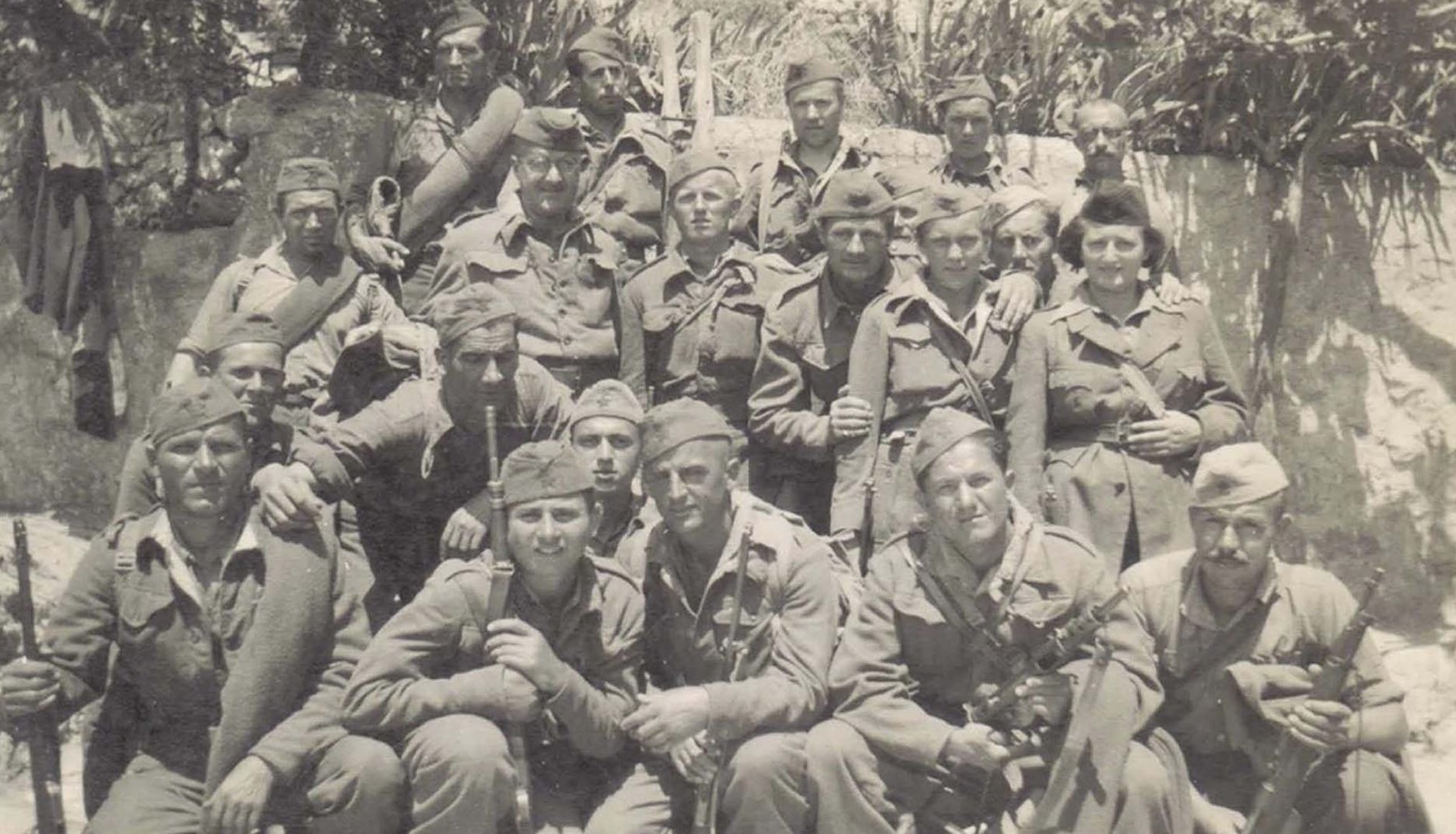

In the annals of history, no secret mission can boast a better codename than Operation Bunghole.
How exactly the mission was named “Bunghole” is a question lost to the ages. It wasn’t until decades after World War II that the animated series “Beavis and Butthead” made the term “Bunghole” part of the mainstream repertoire.
The covert mission took place in February 1944 in German-occupied Yugoslavia, where the Partisans waged arguably the most formidable insurgency the Nazis faced in all of Europe — the so-called French “Resistance” pales in comparison.
Operation Bunghole — hereafter referred to as simply “Bunghole” — was carried out by the Office of Strategic Services, the United States’ intelligence service during WWII and the predecessor of the CIA.
Led by Army Maj. Gen. William “Wild Bill” Donovan, the OSS took part in daring missions behind enemy lines, and it created a field manual with tips for sabotage that ironically provides an accurate picture of how U.S. government agencies work today.
Top Stories This Week
“When possible, refer all matters to committees, for ‘further study and consideration,’” the sabotage manual says. “Attempt to make the committees as large as possible — never less than five.”
Bunghole’s goal was to establish a weather station in present-day Bosnia to make U.S. bombing raids against targets in Central and Eastern Europe more effective and support efforts to supply the Partisans in the Balkans, according to an official history of U.S. Army Air Forces in World War II.
The first airdrop took place on Feb. 27, 1944, when one of two C-47s managed to fly below the clouds and locate a drop zone marked by signal fires. Three meteorologists and their equipment successfully landed and linked up with the Partisans.
They were escorted to Drvar, Bosnia, where Marshal Josip Broz Tito, leader of the Yugoslav resistance, was headquartered. Tito would later serve as Yugoslavia’s post-war communist dictator until he died in 1980.
The team began taking four weather observations a day and transmitting the data to OSS headquarters in Bari, Italy. The OSS ultimately landed several more meteorological teams in the Balkans.
Bunghole is a little-known success story that allowed the Allies to increase the flow of supplies to the Partisans fighting the Germans and enabled future rescue missions of Allied pilots who had been shot down over Yugoslavia, said retired Air Force Tech. Sgt. Bryan Carnes, a former special operations weather technician.
One of the teams was still at Tito’s headquarters when the Germans tried to capture the Yugoslav resistance leader, so they had to be evacuated, said Carnes, who researched the mission.
One of Bunghole’s enduring results is that it paved the way for the Air Force’s current special operations weathermen, Carnes said.
Between 2002 and 2003, Carnes was deployed to remote outposts in Southwest Asia providing the exact same sort of meteorological information to U.S. commanders in Afghanistan that the OSS weather teams collected in Yugoslavia during Bunghole.
Despite his impressive level of knowledge about the mission, Carnes said he was never able to learn how Bunghole got its name. Task and Purpose suspects an E-4 on the team had something to do with it.
It is worth noting that the Allies also launched Operation Manhole in February 1944 to transport Russian military representatives to Yugoslavia. The reason why Bunghole and Manhole took place in the same month is a question for historians to debate.
